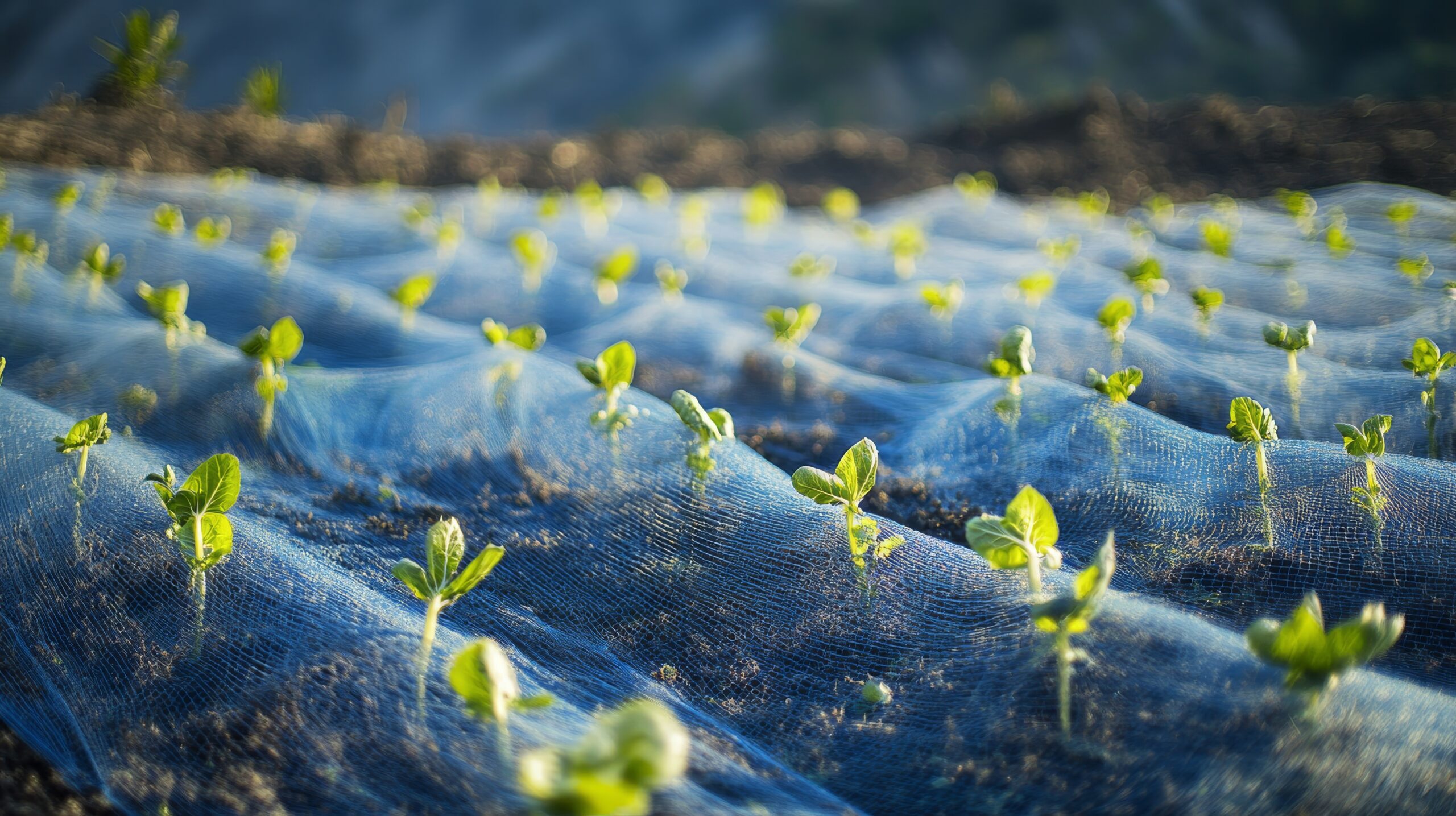The agricultural landscape today demands durability, adaptability, and innovation. With changing climates, emerging pests, and growing global food demands, farmers, horticulturists, aqua culturists, and land managers need solutions that not only protect their investments but also propel productivity. Netting has become an essential tool across the agriculture sector, offering customized answers to diverse challenges. Whether safeguarding young saplings from grazing deer, keeping bales of hay tightly wrapped, or protecting fish stocks in busy aquaculture operations, netting’s versatility is unlocking new levels of security and efficiency in modern agriculture.

Meeting Agriculture’s Wide Range of Needs
Agriculture is not a one-size-fits-all industry. Each market and application faces unique hurdles—from unpredictable weather and animal intrusions to logistical issues like transportation and storage. Netting solutions, engineered for strength and reliability, rise to meet these diverse demands.
Markets We Serve with Agricultural Netting
- Aquaculture
Fish, crustaceans, mollusks, and aquatic plants require protection and containment in their aquatic environments. Therefore, our netting solution used for aquaculture is durable, corrosion resistant, cost-effective, and provides optimal containment without restricting water flow or harming stock health. Carefully selected netting materials ensure fish farms and aquaculture producers achieve higher yields while minimizing risks such as escapes, contamination, or predation.
- Crop and Animal Protection
Agricultural production depends heavily on the security of crops and animals. Netting serves as an efficient barrier against birds, deer, rabbits, and even insects. Farmers and growers use netting to shield fruit trees, vegetable rows, cereals, and nurseries from costly losses. Livestock operations also benefit from netted enclosures and pasture boundaries, keeping predators out, and valuable animals safe from harm.
- Plastic Fencing
Versatile and durable, plastic fencing is widely used in safety, agricultural, and snow applications. Its lightweight structure combines easy installation, strong visibility, and long-term performance, making it ideal for temporary or permanent agricultural boundaries, event spaces, or hazard markers.
- Garden and Nursery Netting
Home gardeners, landscape professionals, and commercial nurseries all rely on netting to safeguard young plants, shrubs, and trees during key growth phases. Protective garden netting deters birds, small mammals, and insect pests, ensuring healthy plant development and minimizing crop losses without resorting to harsh chemical controls.
- Hay Bale Netting
Efficient hay baling is critical to livestock feed operations and commercial forage producers. Hay bale netting streamlines the baling process, wrapping hay tightly and securely for reduced product loss and simpler handling. For those seeking maximum efficiency from field to storage, specialized netting solutions minimize waste and preserve feed quality.
- Tree and Shrub Netting
Saplings, landscaping trees, and nursery stock all require protection from breakage, animal browsing, and environmental stress during transport and growth. Trunk protection and extruded netting safeguard valuable plants, ensuring strong establishment, and reducing costly losses from shipping or handling.
- Turf Netting
Turf producers use netting to reinforce root structures and streamline harvesting operations. Strong, lightweight netting supports sod integrity from planting through delivery, enhancing yields and minimizing spoilage during challenging seasons:
Benefits of Advanced Agricultural Netting
Choosing the right netting solution is an investment in productivity, sustainability, and peace of mind. Here’s what sets expertly engineered netting apart:
- Versatility across applications
Netting is not just for one crop, one purpose, or one season. Customized agriculture nets can be tailored to each challenge, whether it’s marine environments for aquaculture, field-grown cattle feed, or delicate nursery plants. Growers can switch applications as needs evolve, often reusing nets to maximize value.
- Durability and strength
Quality netting resists tearing, corrosion, and weathering, meaning fewer replacements and lower long-term costs. This resilience makes netting a preferred choice for operations facing harsh conditions or extended use.
- Improved crop and stock protection
Netting provides a barrier against birds, rodents, pests, reducing crop losses without constant labor or chemical applications. For animal operations, netting keeps stock safe, secure, and contained.
- Ease of installation and handling
Modern netting solutions are designed for simplicity. Lightweight yet strong, it can be installed quickly, often with minimal tools and labor. Products like hay bale and turf netting streamline field work, allowing operators to cover more ground in less time.
- Support for sustainability goals
By minimizing waste, reducing reliance on chemical crop protection, and supporting efficient agricultural practices, netting fits seamlessly into both conventional and sustainable farming systems.
- Custom configurations and expertise
Leading netting manufacturers offer custom-designed solutions to match the precise needs of each operation—from mesh size and weight to UV resistance and lifespan. This tailored approach ensures maximum performance and satisfaction.
Curious about which netting product fits your needs? Click here for in-depth information on every market, and contact us for tailored advice and samples. Start a conversation with our team and discover how the right netting can transform your agricultural operation.

